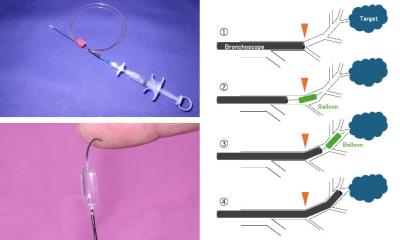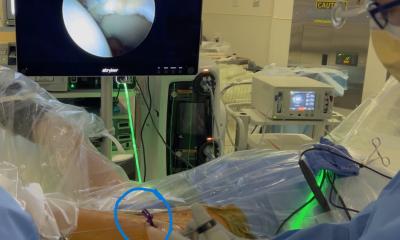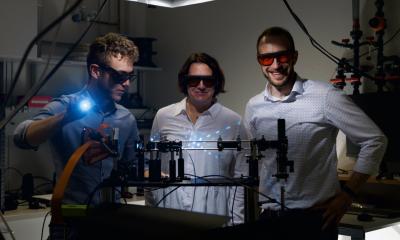No end of uses and items for endoscopy
There are 12 categories for endoscopes or endoscopy products at MEDICA, as hundreds of firms exhibit the necessary materials or equipment for this expanding surgical field.
Hundreds of firms exhibit the necessary materials or equipment for this expanding surgical field. Above and beyond today’s various types of endoscopes – nasal, ear, neuro, urological – MEDICA visitors can also inspect the tubing from which they are made, the fastenings they need, the special trolleys and cleansers and disinfectants to keep them useable; they even have specific cupboards in which to be stored. On top of all these products is the video endoscope and CCD cameras; for that area, alone, there are 46 exhibitors.
Endoscopy has become an industry in itself.
Today, the smallest endoscopes have shrunk to under a millimetre in diameter, enabling them to be inserted into the most delicate passageways of the human body, whether to remove stones from the bile duct or clear salivary ducts.
Today’s endoscopes feature light sources, lenses and two working channels through which, depending on requirements, forceps, a drill, a brush, a basket or a laser filament can be passed. Each piece of equipment is less than one millimetre in size — smaller than the diameter of a matchstick.
Professor Johannes Zenk, an ENT specialist at the University Hospital of Erlangen, Germany, expects these instruments to enable new discoveries about the progress of disease.
The ENT endoscopy specialist is particularly interested in the disease pattern of obstructive sialadenitis, an inflammation of the salivary glands caused in this case by stones which block the excretory duct of the major facial salivary gland. It is imperative that such stones are removed.
Prof. Zenk turns to endoscopic removal of stones in cases where it is not possible to break them up from the outside using bundled sound waves. Prof. Zenk uses a small-calibre endoscope to enter the 0.5-1.5 mm wide passages of the facial salivary glands. He uses a mini hand-powered drill to hammer away at the stone until he can retrieve the fragments with a miniature basket. While he uses an elastic device to expand strictures caused by other factors, he also uses the drill to remove tissue. The result of this operation is that more than 80% of patients remain symptom-free for many years.
16.11.2007





